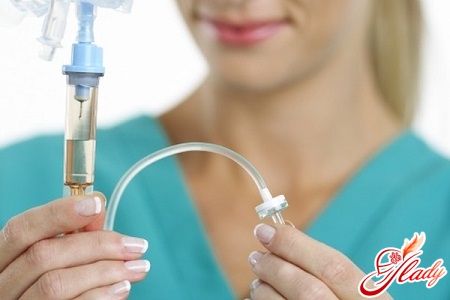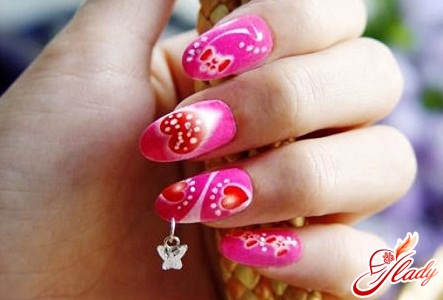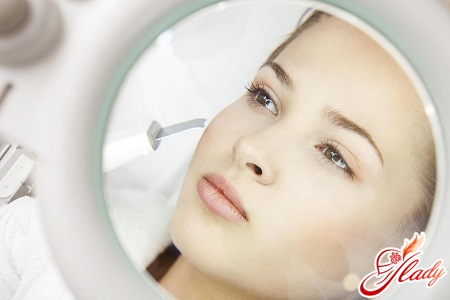
In the modern world, treatment of scars and cicatrices- this is a very real opportunity, available to everyone. It cannot be said that it is easy and quick to get rid of any skin defect. Usually the treatment process takes quite a long time and requires a lot of patience. Some scars are difficult to correct, but even they can be minimized, smoothed out, by choosing the right treatment tactics for yourself. Proper skin care during this period is of great importance: it needs to be cleaned and washed daily, moisturized with nourishing creams. Scars and cicatrices mean almost the same thing. Scars - this is a household definition of various cicatrices. From a medical point of view, they are formed as a result of skin regeneration with all kinds of damage (burns, skin diseases, mechanical impact). Treatment for scars and cicatrices is carried out by both dermatologists and cosmetologists-surgeons.
Scars differ in two types
Physiological - this type of scars,that arise after an injury, is characterized by the fact that they begin to gradually fade, becoming barely noticeable and decreasing in volume. Pathological - here the opposite happens, the scar becomes bright red or blue, its area increases. The second type of scars is the most complex, difficult to treat and requires immediate intervention of a qualified specialist. When treating skin defects, first of all, it is necessary to determine their type. This will help to choose the most optimal method for correcting the problem area.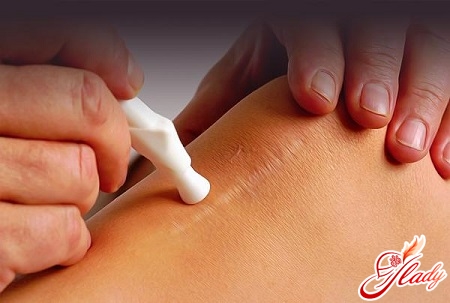
There are the following types of scars and scars
- Atrophic scars. Are located below a surface of their surrounding skin, thus fabrics look flabby. Can be formed with coarse extrusion of boils, boils. A common example of atrophic scars are striae or stretch marks. Treated filling the "pits" with special compounds with hyaluronic acid or hardware peeling.
- Normotrophic scars. Are at the same level with the skin, they are elastic and flat, have a pale or solid color. They are thin or wide, and also stretched. In the treatment of normotrophic scars, radical measures (surgery) are not recommended. The maximum correction can be achieved with the help of peelings or microdermabrasion.
- Hypertrophic scars. This species differs in that it protrudes above the surface of the skin, has a pink color. Are formed from an overabundance of collagen. Excellent treatment. Optimal results in the correction of hypertrophic scars are provided by surgical excision of scar tissue and injection of hormonal agents into scar tissue, electrophonophoresis with hydrocortisone, contractubacus. Small scars can be removed with chemical peels, laser polishing and dermabrasion.
- Keloid scars and scars. There are fan or stellate forms, rough to the touch, painful, can cause itching, sensitive. After treatment, they can relapse, continuing their growth. It is very difficult to combat keloid scars. Only a qualified doctor will be able to choose the best treatment option.
Surgical intervention in this caseineffective, excision of a keloid scar leads to collagen production and further relapse. The most acceptable method of correction is considered to be the introduction of corticosteroids into the scar (effectiveness up to 90%). Cryotherapy and radiation therapy give good results. Modern cosmetology uses a large number of different methods of scar treatment, which give a good effect and make existing defects less noticeable and voluminous. Correction of defects is carried out depending on the type of scar, its age and the characteristics of the skin.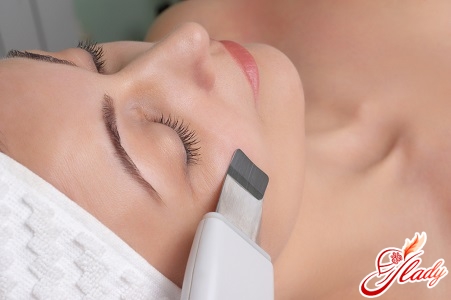
The main methods of treatment for scars and scars
- Cicatricial scar tissue
It is used in the fight against large scars.areas that have arisen as a result of trauma or surgery. The essence of the technique consists of excising the scarred tissue with the application of cosmetic sutures. For more extensive lesions, autodermoplasty is used, i.e. a flap of healthy skin from other areas is transplanted to the defective area.
- Method of mesotherapy
It is used to treat post-acne scars; special injections containing active, regenerating and skin-restoring components are introduced into the affected tissue.
- Cryotherapy or cryodermabrasion
The cryodestruction method involves the use ofliquid nitrogen at low temperatures. A special tip is fixed to the scar surface, which is gradually cooled from -40 to -80°C. The procedure is virtually painless, only a slight burning and tingling sensation is possible. Dead tissue is rejected within a few weeks. After 3-6 months, new skin is formed, very sensitive and delicate.
- Medication Therapy
This group includes interferon therapy and the introduction of hormonal drugs. The treatment must be carried out by a competent specialist, there is a risk of side effects.
- Laser skin resurfacing
The scar consists of connective tissues, andthe laser beam evaporates them. In case of atrophic scars, they are first polished and then filled with collagen or gels. The procedure is quick and painless. It will take about 4-6 laser polishing sessions to achieve the best effect.
- Hardware chemical peels
A distinction is made between superficial, median and deeppeelings, depending on the size and depth of the scar. They are hardware treatment of damaged tissue, during which the scar is polished and the skin is restored.
- Sandblasting microdermabrasion
The treatment method is similar to peeling. By removing scar lesions, regeneration processes are stimulated and healthy skin is formed.
- Dermotonia (vacuum massage)
A special massage performed under vacuum to restore lymph flow and blood circulation in tissues, leading to a reduction in the volume of scars and their smoothing.
- External treatment
This method is suitable for young people (no moresix months) of scars. There are very few preparations for external treatment. These can be silicone gel sheets or self-adhesive bandages, hydrocortisone ointments.
- Folk methods
Postoperative defects can be correctedbadger fat ointment and herbal infusions (calendula flowers, Kalanchoe and wormwood juice, dandelion grass, milkweed). Beeswax and marshmallow root infusion are widely used to treat scars. All treatment methods are carried out under the supervision of a specialist and in medical institutions. Before any procedures, you need to undergo a full examination, find out if there are any contraindications and no allergies to the drugs being administered. After treatment sessions, you must follow all the doctor's recommendations and carefully care for your skin. It is important to find the most reliable and safe correction method that will help get rid of the problem and see a positive result.





